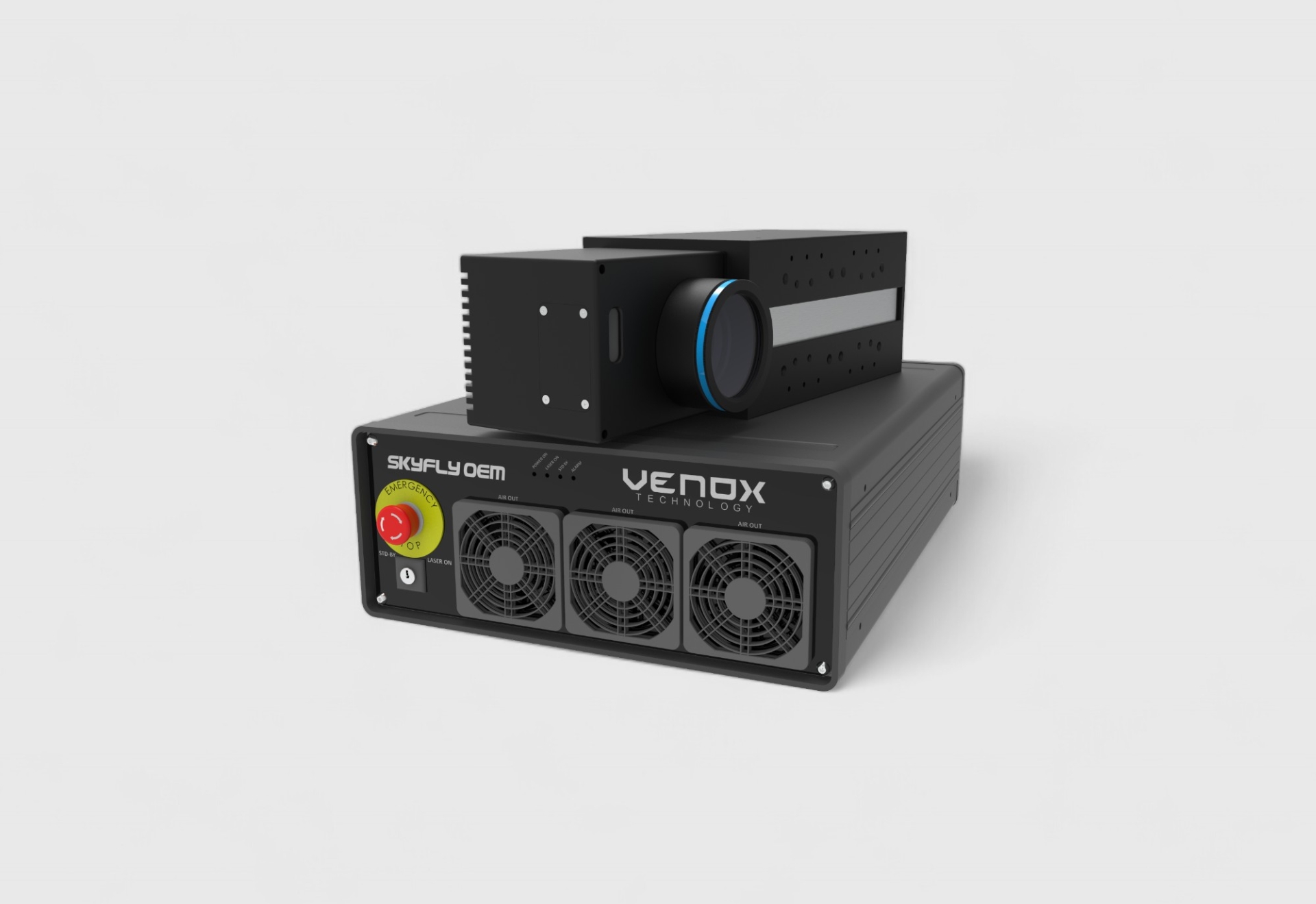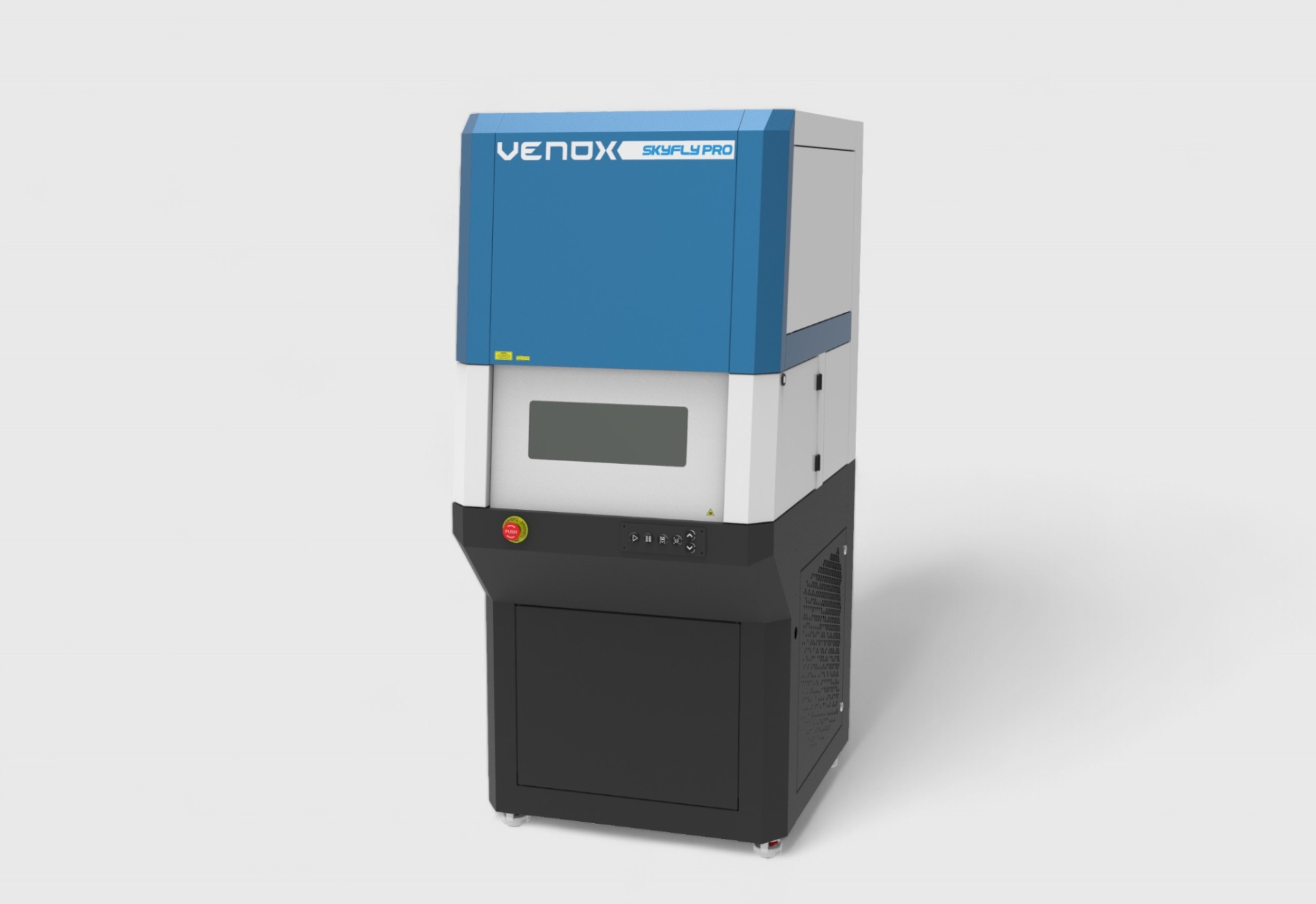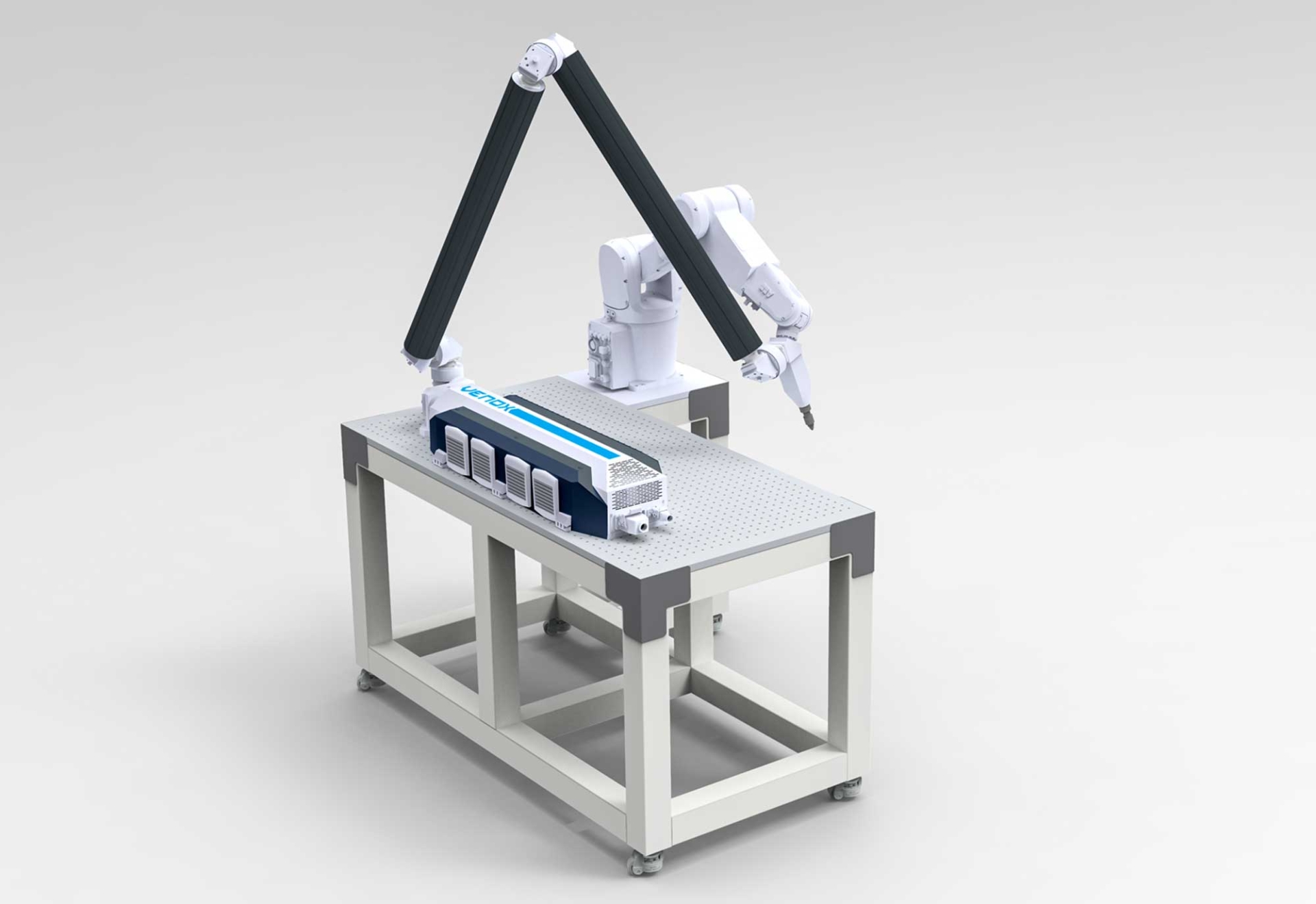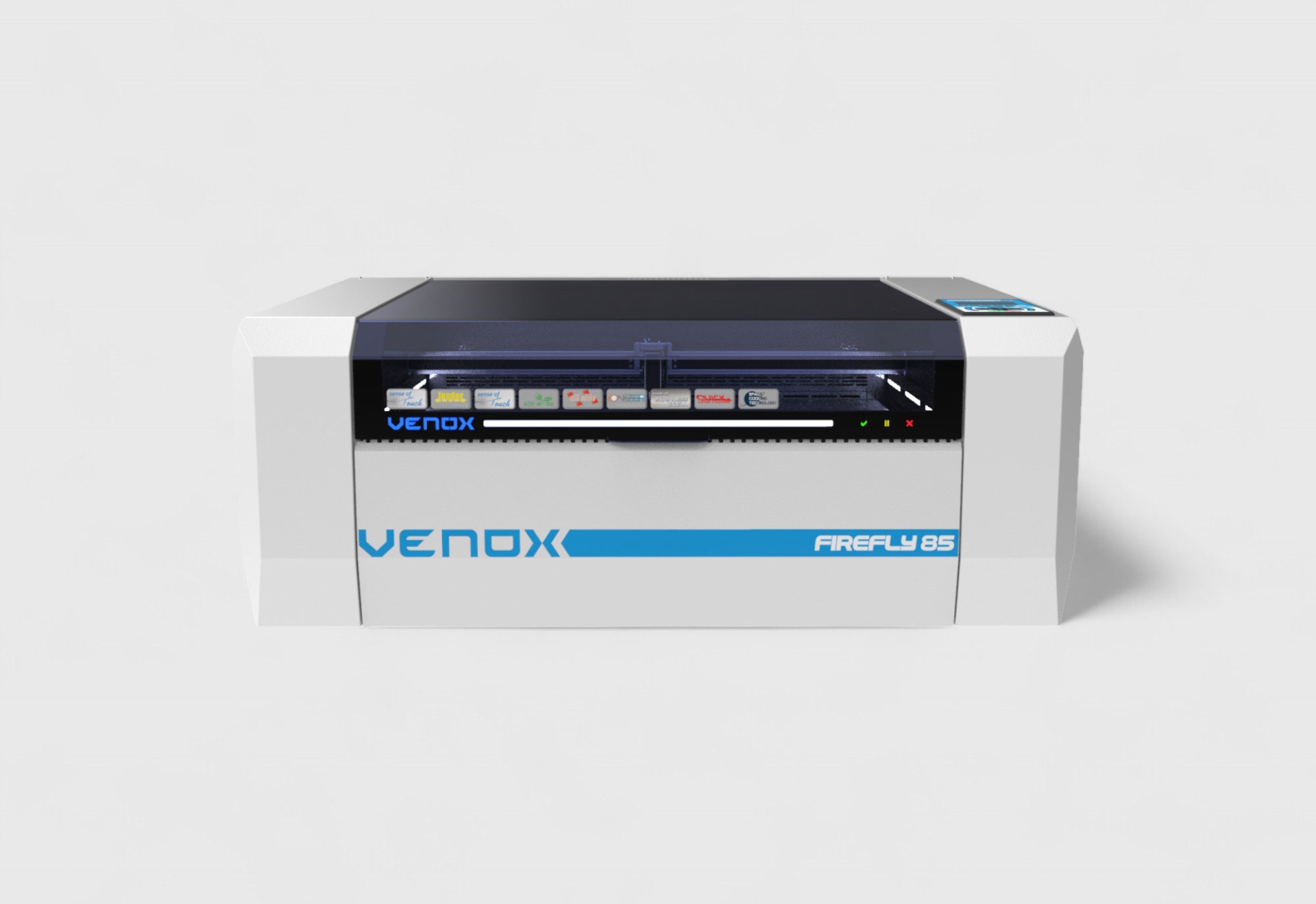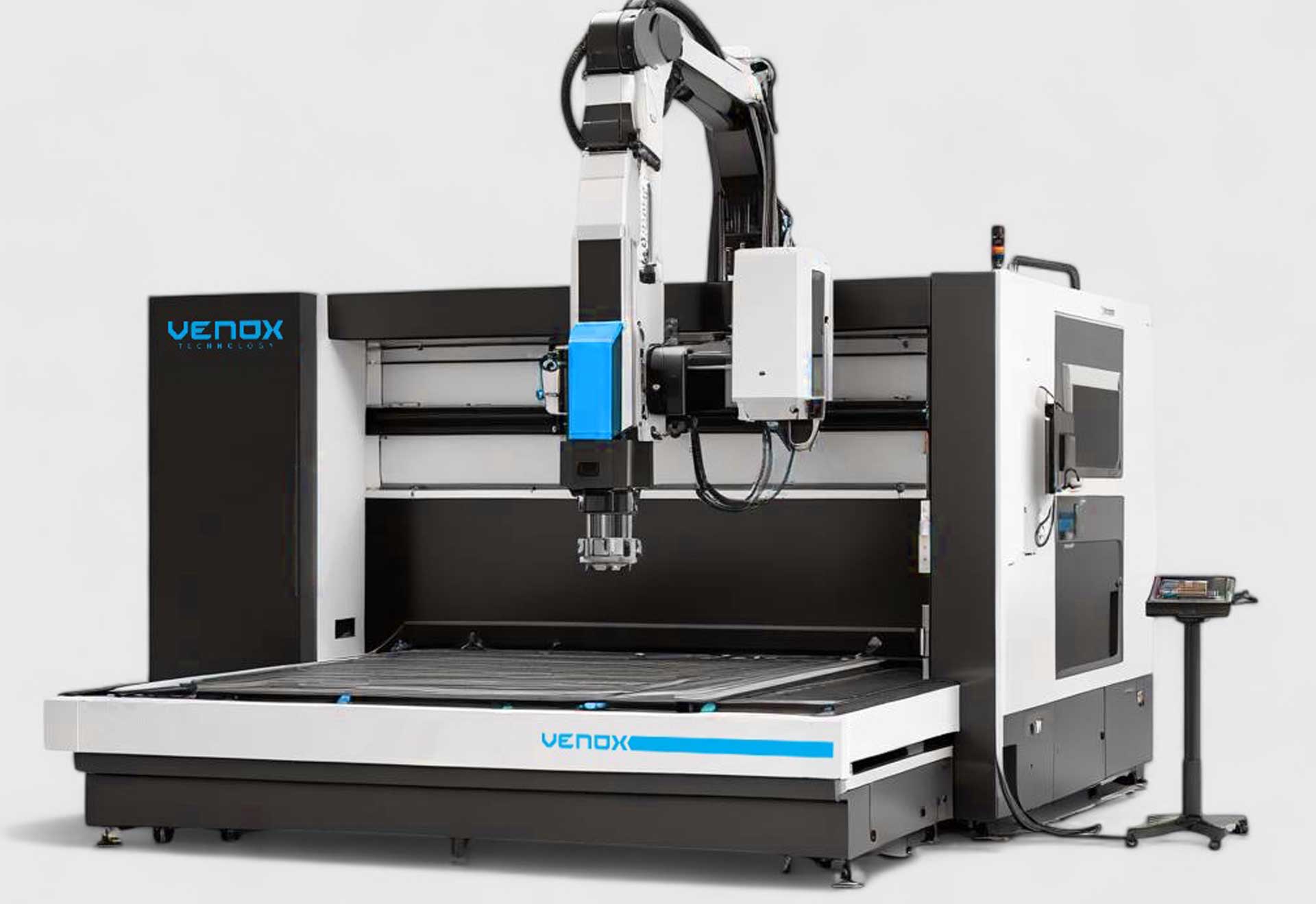Laser Marking and Laser Cutting in the Mold Manufacturing Industry
The mold manufacturing industry is one of the key areas where high precision and long-lasting functionality are critically important. As molds are used across various sectors such as automotive, white goods, packaging, and medical, their production processes are being transformed by technological advancements. Among the standout technologies in this transformation are laser marking and laser cutting. In this article, we will explore in detail the applications and advantages of laser technologies in the mold manufacturing sector.
Use of Laser Marking Technology in Mold Manufacturing
Marking Serial Numbers and Model Numbers on Mold Surfaces
To ensure traceability, improve production quality, and facilitate field maintenance processes, information such as serial number, model number, and production date is marked onto mold components. Laser marking is one of the most suitable methods for this task.
- Its contactless operation does not deform sensitive surfaces.
- High-resolution marking allows for precise micro-level engravings.
- It provides permanent and durable markings that are resistant to abrasion and fading.
For systems in this area, you can visit the Venox Laser Marking Systems page.
Improving Quality Control Processes with Laser Marking
Each laser-applied mark simplifies quality control on the production line. Marking barcodes, QR codes, and DataMatrix codes with lasers enables seamless integration with automatic scanning systems. This allows for full traceability from mold production to shipment.
Advantages of Laser Marking Machines
- Precision: Micron-level marking capability
- Speed: Compatibility with high-speed production lines
- Flexibility: Ability to mark on various material types (steel, aluminum, copper, etc.)
For more information, you can check the Venox Laser Marking Machines page.
Precision and Efficiency in Mold Manufacturing with Laser Cutting
High-Precision Cutting of Mold Components
The geometric accuracy of mold components directly affects the quality of the final product. Laser cutting technology offers significant advantages in mold production thanks to its high-precision cutting capabilities.
- Cutting with millimetric tolerances is possible.
- The heat-affected zone is minimal, reducing material deformation.
- Even complex geometries can be cut, reducing the need for manual intervention.
For more details, visit the Venox Laser Cutting Systems page.
Laser Cutting in Prototyping and Custom Mold Component Production
In mold manufacturing, there is often a need for low-volume and custom-designed parts. Laser cutting offers the ability to produce directly from digital designs without the need for tooling, saving both time and cost.
Integrated Production with Laser Cutting and Marking Machines
Today, laser cutting and marking processes can be carried out using integrated machines. These systems perform both marking and cutting in the same station, optimizing production processes.
You can explore the related machines via the Venox Laser Cutting and Marking Machines link.
Adaptation to Automation and Digitalization in Production
Laser systems can be easily integrated with CNC machines and automation systems. Thanks to this integration:
- Human error rates are reduced.
- Processes become digitally traceable.
- Production repeatability is increased.
Selecting the Right Laser Technology for Mold Manufacturing
The laser system to be used in mold production should be selected based on material type, production quantity, and marking or cutting details. Fiber lasers, CO₂ lasers, and UV lasers are preferred for different applications. Each laser technology has its own focus, and choosing the right system directly impacts efficiency according to production goals.
To explore all laser applications in mold manufacturing, the Venox Mold Manufacturing Sector Page will be helpful.
Laser marking and cutting technologies are indispensable tools that enhance quality and efficiency in mold production. Thanks to their advantages such as precision manufacturing, traceability, rapid prototyping, and digital integration, laser systems play a central role in the future of manufacturing. Investing in these technologies is a strategic step for companies aiming to boost competitiveness in mold production.
